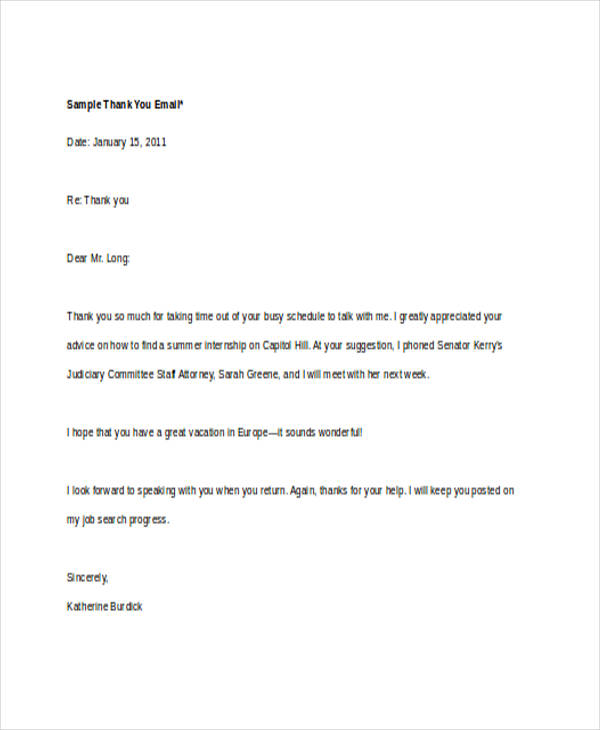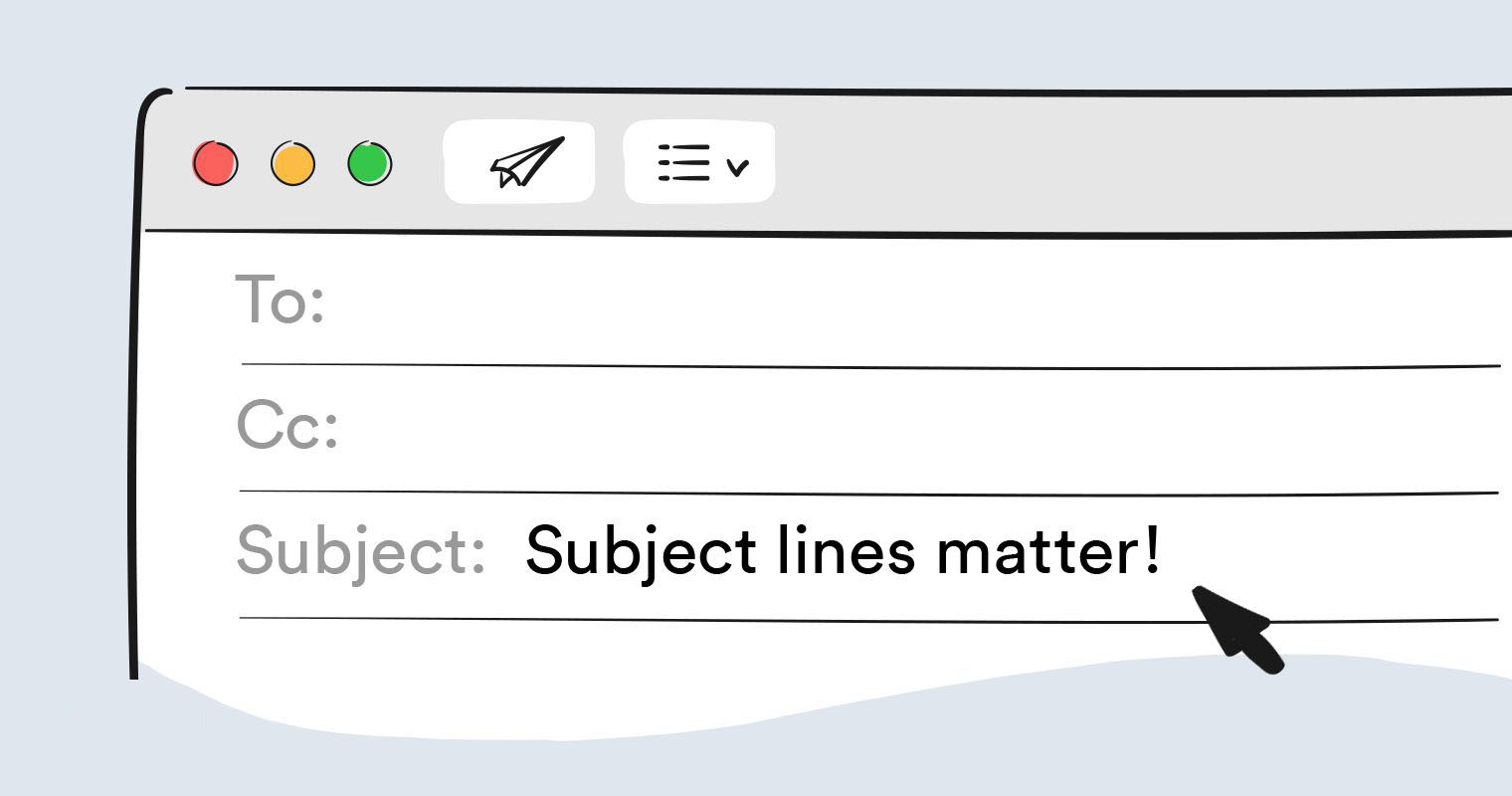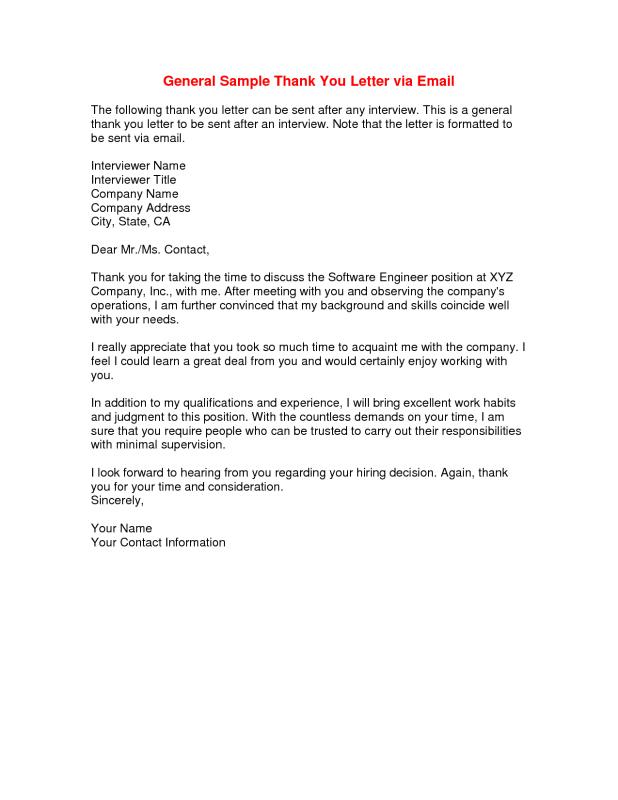The Power of a Well-Written Thank You Email Subject
A well-crafted thank you email subject line is crucial in making a positive impression on the recipient. It sets the tone for the rest of the email and can significantly impact the open rates and response rates of your emails. In fact, studies have shown that a well-written subject line can increase open rates by up to 50%. This is because a good subject line grabs the reader’s attention, creates curiosity, and encourages them to open the email to learn more.
When it comes to thank you email subject titles, the goal is to express gratitude while also conveying the purpose of the email. A well-written subject line should be clear, concise, and free of spammy keywords. It should also be personalized to the recipient, using their name or referencing a previous interaction. By doing so, you can create a sense of familiarity and build trust with the recipient.
For example, a thank you email subject title such as “Thanks for Your Business, [Name]!” is more effective than a generic “Thank You for Your Order”. The personalized touch creates a sense of warmth and appreciation, making the recipient more likely to open the email and engage with the content.
In addition to personalization, a well-written thank you email subject line should also be timely. Sending a thank you email immediately after a purchase or interaction can help to create a sense of urgency and increase the likelihood of the recipient opening the email. This is because the recipient is still engaged with the brand and is more likely to be interested in the content of the email.
Overall, a well-written thank you email
How to Write a Thank You Email Subject that Gets Noticed
Writing an effective thank you email subject line requires a combination of creativity, clarity, and personalization. To increase the chances of your email getting noticed, follow these best practices:
1. Keep it short and sweet: Aim for a subject line that is no longer than 5-7 words. This will ensure that your subject line is concise and easy to read on both desktop and mobile devices.
2. Use personalization: Address the recipient by name, if possible. This will create a sense of familiarity and increase the likelihood of the email being opened.
3. Be clear and concise: Avoid using vague or generic subject lines that don’t convey the purpose of the email. Instead, use language that clearly indicates the content of the email.
4. Use action-oriented language: Use verbs like “Thanks for”, “Appreciate your”, or “Grateful for” to create a sense of urgency and encourage the recipient to open the email.
5. Avoid spammy keywords: Steer clear of keywords like “free”, “discount”, or “limited time offer” that can trigger spam filters and reduce the deliverability of your email.
Here are some examples of effective thank you email subject lines that incorporate these best practices:
* “Thanks for Your Order, [Name]!” * “Appreciate Your Business, [Company Name]!” * “Grateful for Your Support, [Non-Profit Name]!” * “Thanks for Your Feedback, [Survey Name]!”
By following these best practices and incorporating personalization, clarity, and brevity into your thank you email subject lines, you can increase the chances of your email getting noticed and improve the overall effectiveness of your email marketing campaigns.
The Art of Using Synonyms to Avoid Spam Filters
When crafting a thank you email subject title, it’s essential to consider the words and phrases used to convey gratitude. While “thank you” is a straightforward and sincere expression, it can also trigger spam filters and reduce the deliverability of your emails. To avoid this, consider using synonyms for “thank you” that can help your emails land in the recipient’s inbox.
Using alternative phrases such as “appreciation,” “gratitude,” or “acknowledgment” can help you avoid spam filters while still conveying a sense of thankfulness. For example, a subject line like “A Heartfelt Expression of Appreciation” or “We’re Grateful for Your Support” can be just as effective as a traditional “thank you” subject line.
Another approach is to use phrases that imply gratitude without directly stating it. For instance, “You Made a Difference” or “We’re Honored by Your Trust” can convey a sense of appreciation without triggering spam filters. By using creative language, you can express your gratitude while also increasing the chances of your email being delivered and opened.
It’s also important to note that spam filters are becoming increasingly sophisticated, and using obvious synonyms for “thank you” may not be enough to avoid detection. To stay ahead of the game, consider using more nuanced language that conveys gratitude in a subtle yet effective way. For example, “We’re Thrilled to Have You On Board” or “Your Contribution Means the World to Us” can be powerful subject lines that avoid spam filters while still expressing appreciation.
Ultimately, the key to writing effective thank you email subject titles is to be creative and genuine in your expression of gratitude. By using synonyms and alternative phrases, you can avoid spam filters and increase the chances of your email being delivered and opened. Remember to always keep your subject lines concise, clear, and relevant to the content of your email, and you’ll be well on your way to crafting thank you email subject titles that drive results.
Personalization is Key: Using Names and References in Your Subject Lines
When it comes to crafting effective thank you email subject titles, personalization is crucial. Using the recipient’s name and referencing previous interactions can make a significant difference in engagement and open rates. A personalized subject line shows that you value the recipient’s time and attention, and are willing to take the extra step to make the email relevant to them.
Using names in subject lines is a simple yet effective way to personalize your emails. For example, “A Special Thank You, [Name]” or “We Appreciate You,
Timing is Everything: When to Send Your Thank You Emails
When it comes to sending thank you emails, timing is crucial. The optimal time to send a thank you email can vary depending on the context, industry, and audience. However, research has shown that sending thank you emails at the right time can significantly impact open rates, response rates, and conversion rates.
According to a study by HubSpot, the best time to send thank you emails is during the morning hours, specifically between 10:00 AM and 11:00 AM. This is because most people check their emails during this time, and are more likely to engage with a thank you email that is sent during this period.
In terms of the day of the week, Tuesdays and Wednesdays are considered the best days to send thank you emails. This is because these days tend to have lower email volumes, making it easier for your email to stand out in the recipient’s inbox.
Frequency is also an important consideration when sending thank you emails. While it’s essential to express gratitude in a timely manner, sending too many thank you emails can come across as insincere or spammy. A good rule of thumb is to send a thank you email within 24 hours of the event or interaction that triggered the email.
Data from Mailchimp suggests that sending thank you emails on the same day as the event or interaction can result in higher open rates and response rates. For example, if a customer makes a purchase on your website, sending a thank you email within a few hours can help to build trust and increase the chances of a repeat purchase.
Here are some examples of effective thank you email subject titles that take into account timing:
- “Thanks for Your Purchase This Morning!”
- “We Appreciate Your Support on Tuesdays!”
- “A Heartfelt Thank You for Your Donation Yesterday!”
- “Thanks for Joining Us at [Event] Last Night!”
- “We’re Grateful for Your Business This Week!”
By considering the timing of your thank you emails, you can increase the chances of engagement, open rates, and response rates. Remember to experiment with different timing strategies to find what works best for your audience and industry
Examples of Effective Thank You Email Subject Lines in Different Industries
Thank you email subject lines can vary greatly depending on the industry, audience, and context. Here are some examples of effective thank you email subject lines in different industries:
E-commerce:
- “Thanks for Your Order Your Package is on the Way!”
- “We Appreciate Your Business: Exclusive Offers Inside!”
- “You’re the Best Thanks for Shopping with Us!”
E-commerce companies can use thank you email subject lines to confirm orders, provide shipping updates, and offer exclusive promotions. Personalization is key in e-commerce, so using the customer’s name and referencing their purchase can help build trust and loyalty.
Non-profit:
- “Thanks for Your Donation: You’re Making a Difference!”
- “We’re Grateful for Your Support: Update on Our Mission!”
- “You’re a True Hero: Thanks for Volunteering with Us!”
Non-profit organizations can use thank you email subject lines to express gratitude for donations, volunteer work, and other forms of support. Emphasizing the impact of the recipient’s contribution can help build a sense of community and encourage further involvement.
B2B:
- “Thanks for Your Business: We’re Honored to Work with You!”
- “We Appreciate Your Partnership: Exclusive Offers Inside!”
- “You’re a Valued Customer: Thanks for Your Loyalty!”
B2B companies can use thank you email subject lines to express gratitude for business partnerships, contracts, and other forms of collaboration. Using language that emphasizes the value of the relationship can help build trust and loyalty with business partners.
These examples illustrate the importance of tailoring thank you email subject lines to the specific industry, audience, and context. By using language that resonates with the recipient, you can build trust, loyalty, and engagement.
Avoiding Common Mistakes in Thank You Email Subject Lines
When crafting thank you email subject lines, it’s essential to avoid common mistakes that can lead to low open rates, poor engagement, and a negative impact on your brand. Here are some common mistakes to avoid:
Spammy keywords: Using spammy keywords like “FREE,” “DISCOUNT,” or “LIMITED TIME OFFER” can trigger spam filters and reduce the deliverability of your emails. Instead, focus on using clear and concise language that conveys gratitude.
Overly promotional language: Using overly promotional language can come across as insincere or manipulative. Avoid using language that is too sales-y or promotional, and focus on expressing genuine gratitude.
Lack of personalization: Failing to personalize your thank you email subject lines can make them seem impersonal and unengaging. Use the recipient’s name, reference previous interactions, and tailor your language to their interests and preferences.
Lengthy subject lines: Using lengthy subject lines can make them seem overwhelming or confusing. Keep your subject lines concise and to the point, focusing on the main message of gratitude.
Poor timing: Sending thank you emails at the wrong time can reduce their effectiveness. Avoid sending thank you emails during peak hours, holidays, or special events, and focus on sending them at times when the recipient is most likely to engage.
Examples of subject lines that have failed to engage recipients include:
- “FREE GIFT INSIDE!”
- “LIMITED TIME OFFER: DON’T MISS OUT!”
- “WE APPRECIATE YOUR BUSINESS (BUT WE WANT MORE)”
- “A SPECIAL THANK YOU FROM OUR TEAM (WITH A CATCH)”
- “YOU WON’T BELIEVE THIS AMAZING OFFER!”
By avoiding these common mistakes, you can create effective thank you email subject lines that engage recipients, build trust, and drive results.
Measuring the Success of Your Thank You Email Subject Lines
Measuring the success of your thank you email subject lines is crucial to understanding their effectiveness and making data-driven decisions to optimize and improve their performance. Here are some key metrics to track:
Open Rates: The open rate measures the percentage of recipients who opened your email. A high open rate indicates that your subject line is effective in grabbing the recipient’s attention.
Response Rates: The response rate measures the percentage of recipients who responded to your email. A high response rate indicates that your subject line is effective in encouraging engagement.
Conversion Rates: The conversion rate measures the percentage of recipients who completed a desired action, such as making a purchase or filling out a form. A high conversion rate indicates that your subject line is effective in driving results.
To measure the success of your thank you email subject lines, you can use email marketing analytics tools such as Google Analytics, Mailchimp, or Constant Contact. These tools provide detailed metrics and insights into your email campaign’s performance, allowing you to track and optimize your subject line performance.
Here are some tips on how to use data to optimize and improve your thank you email subject line performance:
- Track and analyze your open rates, response rates, and conversion rates to identify areas for improvement.
- Use A/B testing to compare the performance of different subject lines and identify the most effective ones.
- Use segmentation to tailor your subject lines to specific groups of recipients and improve their relevance and effectiveness.
- Use personalization to address recipients by name and reference previous interactions to improve engagement and conversion rates.
By tracking and analyzing your thank you email subject line performance, you can identify areas for improvement and optimize your subject lines to drive better results. Remember to always keep your subject lines clear, concise, and relevant to the recipient, and to use personalization and segmentation to improve their effectiveness.







